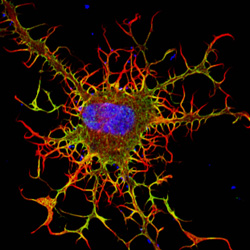
Archived: A Heart-Shaped Protein
February 11, 2016
Continue Reading
Archived: Cool Images: A Holiday-Themed Collection
December 22, 2015
Continue Reading
Archived: Sugar Rush in Research
December 17, 2015
Continue Reading
Archived: Bacterial Biofilms: A Charged Environment
December 7, 2015
Continue Reading
Archived: Cracking a Ubiquitous Code
December 2, 2015
Continue Reading
Archived: Seeing Telomerase’s ‘Whiskers’ and ‘Toes’
November 30, 2015
Archived: Cool Image: Tracing Proteins in Action
November 23, 2015
Continue Reading
Archived: Interview With a Worm: We’re Not So Different
November 16, 2015
Continue Reading
Archived: Turning Back Every Clock
October 29, 2015
Continue Reading

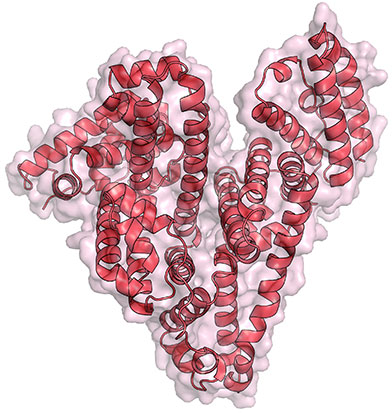
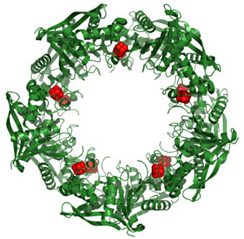 This wreath represents the molecular structure of a protein, Cas4, which is part of a system, known as CRISPR, that bacteria use to protect themselves against viral invaders. The green ribbons show the protein’s structure, and the red balls show the location of iron and sulfur molecules important for the protein’s function. Scientists have harnessed Cas9, a different protein in the bacterial CRISPR system, to create a gene-editing tool known as CRISPR-Cas9. Using this tool, researchers can study a range of cellular processes and human diseases more easily, cheaply and precisely. Last week, Science magazine recognized the CRISPR-Cas9
This wreath represents the molecular structure of a protein, Cas4, which is part of a system, known as CRISPR, that bacteria use to protect themselves against viral invaders. The green ribbons show the protein’s structure, and the red balls show the location of iron and sulfur molecules important for the protein’s function. Scientists have harnessed Cas9, a different protein in the bacterial CRISPR system, to create a gene-editing tool known as CRISPR-Cas9. Using this tool, researchers can study a range of cellular processes and human diseases more easily, cheaply and precisely. Last week, Science magazine recognized the CRISPR-Cas9 
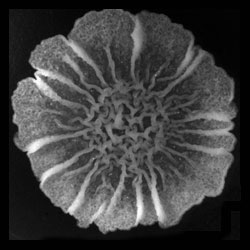
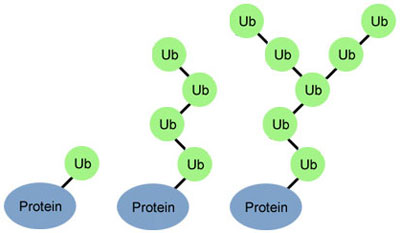
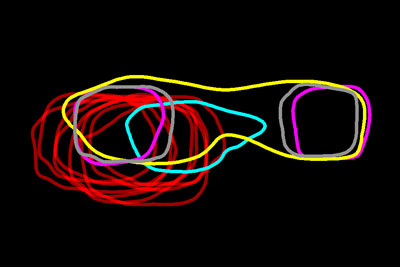
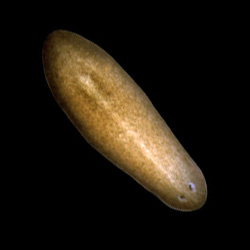 Credit: Alejandro Sánchez Alvarado, Stowers Institute for Medical Research.
Credit: Alejandro Sánchez Alvarado, Stowers Institute for Medical Research.